This was Beeching's second report as British Railways Board chairman, and in it, he outlined the country's transport needs for the next quarter of a century. The report followed his first controversial review of the state of Britain's railways which had been published in 1963. In that report, he said the railway system was uneconomic and under-used and recommended that a quarter of the railway system should be shut down.
|
My family and I frequently travelled on trains; it was part of my life. The longest journey and most exciting was to visit my grandparents in Cornwall. We always caught the Cornishman at Derby and on the whole, we had the carriage, just like the one in the image, all to ourselves for most of the journey. We travelled over the River Tamar on Brunel's bridge, looked at all the ships at Plymouth, stopped at the seaside station at Dawlish and passed through long dark tunnels on the way. What with sandwiches, chocolate, colouring books, joining the dots and a doll called Fingle Bunt. It was simply wonderful! I know that advertisements can be misleading but this one, a vintage railway poster, is actually true to life. However, on the 16th of February 1965, Dr. Richard Beeching published his plans for what he called our 'bloated' railways. This was Beeching's second report as British Railways Board chairman, and in it, he outlined the country's transport needs for the next quarter of a century. The report followed his first controversial review of the state of Britain's railways which had been published in 1963. In that report, he said the railway system was uneconomic and under-used and recommended that a quarter of the railway system should be shut down. So was Beeching right with his idea of railway cuts 53 years ago or am I looking at train travel through rose-coloured glasses?
0 Comments
Elizabeth Macintosh, known to many a Ricardian as Josephine Tey was born on the 13th February in 1952. An extremely private person, known to hate the press and who gave few interviews, Elizabeth Macintosh was the author of detective novels. In the 1930's Macintosh wrote under the pseudonym of Gordon Daviot, however, her mysteries, including her most famous, The Daughter of Time, was published in 1951. Six of her post war novels written under the pseudonym of Josephine Tey feature, as their main character, one Inspector Alan Grant who appears in the aforementioned The Daughter of Time. Grant is laid up in hospital with a broken leg, to keep himself occupied he reads about Richard III and decides to prove that he was innocent of the murder of the Princes in the Tower. It was from her book Miss Pym Disposes that Tey got the idea for her novel. One of her characters, Miss Lux, a medical lecturer who dislikes the theatre calls Shakespeare's Richard III a "criminal libel on a fine man, a blatant piece of political propaganda, and an extremely silly play" it is this idea that she argued in The Daughter of Time. The story of Richard as a murderer of innocents, states Grant is a 'very superior, first growth, dyed-in-the-wool Tonypandy,' a reference to lies and half-truths taken as correct that continues unabated and unchallenged. A crime novel A Daughter of Time is, but it's a thought-provoking one none the less, its reasoning shouldn't be limited to Richard III's story either.
Elizabeth Macintosh's funeral took place two days before the state funeral of George VI, it was attended by her friends Dame Edith Evans and John Gielgud who played the Richard of Bordeaux in Tey's play of the same name. Ernest and Arthur Taylor were my paternal great great uncles, they were born in Havercroft in Yorkshire and raised in the neighouring village of Royston. Ernest was born in 1890 and Arthur in 1897. Ernest started work at the local colliery at the age of fourteen his brother was to follow him seven years later. By 1911 Ernest was twenty one and Arthur fifteen, together they worked at Monckton Colliery as underground pony drivers for the next eight years until the outbreak of the First World War. We do not know the exact circumstances of what happened next in the life of Ernest but it can only be described as a tragedy. The story was told to me by my great aunt who I have relied on for most of my information with the later Taylor’s. “ Uncle Arthur was called up for the army and when his mother found out she was beside herself. Arthur was her favourite, she made it plain that she didn’t want him to go. Uncle Ernie went in his place and was killed by a snipers bullet. His mother on hearing the news of his death never accepted it and for the rest of her life waited for him to return home.” At the onset of the First World War England had seen many of it young men leave to fight for their country. Many of these men from the coal mining regions joined infantry divisions, it was known that these divisions would incur heavy losses and with the need for more coal, men with skills like Ernest and Arthur were needed at home, even so by end of 1915 over a fifth of all miners had left coal-mining and enlisted in the army. The Defense of the Realm Act was introduced, this allowed government to take over the coal mines, thus stemming the flow of men like Ernest and Arthur leaving an important industry. Also by the end of that year voluntary recruitment had slowed down and many men had decided to stay at home. To compensate for this The Military Service Act was introduced in early 1916, it specified that men from “18 to 41 years old were liable to be called up for service in the army unless they were married, widowed with children, serving in the Royal Navy, a minister of religion, or working in one of a number of reserved occupations." A second Act in May 1916 extended liability for military service to married men, and a third Act in 1918 extended the upper age limit to 51.” Why then did Ernest go to war when he need not? And why was Arthur called up when he shouldn’t have been? Sadly there is no one answer to these questions, it could have been any number of things. Stigma played a big part in recruitment in both wars whole streets were signed up at the same time, it would be obvious if someone didn’t go! But this did not apply to the Taylor's community where everyone was employed in the colliery one way or another or at least fitted into the other exemption categories, there would have been no embarrassment, it was their duty to stay. What we have to remember is that a good job was done by the government pushing patriotism, adventure and ‘German bashing’. Also the rules governing conscription were not strictly adhered to, fourteen and fifteen year olds regularly signed up. We know that Ernest and Arthur's mother Eliza was devastated when she heard the news about the call up I know from my previous research that she was a single minded, strong willed woman, did she use her powers of persuasion on Ernest as she had on my great grandfather Joseph Taylor years earlier? Was it guilt that caused her to react the way she did when she found Ernest had died, or was it that Ernest simply wanted to protect his younger brother? We will never know what happened but what we do know is that their lives were shattered. Arthur lived into his seventies, he never married and never moved away from home. On the 21st August in 1911, Leonardo da Vinci’s most famous painting was stolen from the Louvre. It took more than two years before the authorities found out what exactly happened. Vincenzo Perugia, an Italian petty criminal who worked at the Louvre, hid in the museum's gallery until closing time and then removed the Mona Lisa from its frame, probably smuggling it out the next day. Perugia was under the impression that the Mona Lisa had been stolen by Napoleon and by returning it to Italy he doing his patriotic duty, and therefore he asked for 500,000 lire as a reward. Fellow Italian Alfredo Geri agreed to take a look at the painting and Perugia took the painting to Geri’s gallery where he was persuaded to leave it for an expert to examine it - by the end of that day the police had arrested Perugia. Historians believe the woman in the portrait is Madam Lisa Giocondo, the wife of Gherardini, a wealthy Florentine silk merchant. Mona Lisa is certainly beautiful and has a smile that has enchanted many over the passing centuries, many of us asking "what is the secret behind her smile? However, I am more interested in the fact that de Vinci used the Fibonacci sequence when he worked on this painting. Now, I understand the principle of this sequence and how it appears in nature, but what I don't understand is why an artist such as Leonardo De Vinci applied it to his works as we see here in the image below.
What was the point of doing something so complicated if the majority of people didn't understand said sequence or even knew it was there? It was on this day in 1943 that news came through that the mighty Mohne, Eder and Sorpe dams in Germany had been breached. 617 Squadron of Lancaster bombers led by Wing Commander Guy Gibson had succeeded in this by using the ‘bouncing’ bombs developed by Dr Barnes Wallis. The History of 617 Squadron writes:
"Perhaps the most famous RAF squadron currently flying, 617 Squadron was formed at Scampton on 21 March 1943 specifically to undertake one operation - Operation Chastise - the breaching of dams vital to the German war effort. The Squadron's Commanding Officer, Wing Commander Guy Gibson, was given free reign to comb other Lancaster squadrons for the crews he thought could best undertake the mission. For weeks, not even Gibson was told of the unit's task, only that low-level flying over water was essential, and training was undertaken in around the dams and reservoirs of Derbyshire. Chastise called for the breaching of three enormous dams in the Ruhr - the heart of German industrial production - by dropping a specially designed mine at exactly 60 feet (18.29m) and a speed 220 mph (354 km/h). Nineteen specially modified Lancaster carried out the attack during the night of 16/17 May 1943, successfully breaching the Mohne and Eder dams, butfailing with attacks on two others, the Sorpe and Schwelme. Wing Commander Gibson repeatedly flew over the Mohne and Eder dams to draw fire away from the attacking aircraft and was subsequently awarded the Victoria Cross for his gallantry. Thirty-two other members of the Squadron were also decorated but a total of eight aircraft and their crews were lost during the night. The unit was retained to carry out highly specialised attacks, many of which employed the 12,000lb (5,448kg) 'Tallboy' and 22,000lb (9,988kg) 'Grand Slam' bombs. The Squadron received Lincolns in September 1946 and Canberras six years later with which the Squadron took part in Operation Firedog in Malaya before disbanding on 15 December 1955. On 1 May 1958, No 617 reformed at Scampton equipped with Vulcans, a type that remained on strength until 31 December 1981 when the unit disbanded. The following year, the Squadron reformed with Tornado GR1s at Marham, initially in the strike role, but latterly in the maritime strike mission based at Lossiemouth. Number 617 continued to fly the Tornado GR1 until it was replaced by the updated GR4 and it was with these that the squadron carried out the first attacks with the RAF's stand-off weapon - Storm Shadow - during Operation Telic in April 2003. The countries Royal Air Force is 100 years old today, it was founded in 1918 and for over twenty years it was a big part of my life. Most of us will remember the Royal Air Force for the bravery of its members during the Battle of Britain when they defended our country against the German air force and scuppered their attempted invasion of Britain and in the present time their sorties during the Iran/Iraq and Gulf Wars. My father was a member of the RAF for twenty-five years, the squadron he was part of flew planes such as the Argosy, the Phantom and later the Tornado and his last posting was to the home of the 617 Squadron, famous for the Dambuster raids during WW2, so I got a look inside one of the last remaining Lancaster Bombers and on the odd occasion sit in the cockpit of a jet fighter. Being a child in an air force family had its ups and downs. My dad, for instance, was sent on a couple of unaccompanied tours abroad which meant that there was trouble in the country to which he was posted, and therefore it was deemed too dangerous for us to go with him - he spent three years by himself in the Middle East while we lived in Cornwall with my grandparents. Families were never in the same place for long, you had friends but often their fathers were sent to a different base than you. The longest a family spent on a base was three years, but you could be moved pretty quickly, for instance, I spent my last year of primary education in three different counties, Lincolnshire, Nottinghamshire and Cambridgeshire. One base I particularly remember was RAF Syerston in Nottinghamshire because I remember my brother and I, at the age of seven and five, walking to school on our own (I didn't let my own children out of my sight at that age!) Unknown to me at the time was that RAF Syerston's neighbouring village is East Stoke and the base is situated right next to Stoke Field, where, in 1487, a Yorkist army made their last stand against the new Tudor regime - you can see how close I lived from the image above - how exciting is that? As I said I was just seven, but to think that my little feet walked those fields all those years ago and I didn't know anything about Henry Tudor or the Wars of the Roses. On the whole being part of the Royal Air Force was a positive experience for me, it made me self-reliant and able to adapt to a new situation pretty quickly, on the funny side I have never been able to dispose of boxes or paper bags, a result of packing and unpacking my belongs no doubt. However, it was not always a good experience for my dad, some of the things he had to deal with were not very nice. Apart from being interested in history anyway, I often wonder if being part of a big military family is why I am so interested in that sort of thing now.
If you click on the link below you can read about Operation Grapple one of my father's first experience in the Royal Air Force. meanderingthroughtime.weebly.com/history-blog/operation-grapplethe-dropping-of-britains-first-h-bomb Cheri by French author Colette is a wonderful book, it is set in Paris in the 1920's and tells the story of a love affair between a young man and a beautiful older woman. This period is my second favourite era, if I couldn't be transported back, just for a moment, to the medieval era, then it would have to be here, a time of La Belle Epoque, the fantastic style of Art Nouveau, delicate and very feminine dresses, and of course those gorgeous hats. Every time I watch the film I always wonder why and when we stopped wearing hats as part of our everyday apparel. In photographs of my great aunts, they are always wearing hats and both my grandmothers, in their younger days, they wore them too. We ladies like to wear a fancy hat to a wedding, but on the whole, we have the woolly hat for winter and straw one for the summer - that's it! The answer to my question of why we no longer wear hats lies in the war years. People stopped wearing hats after the Second World War as the British public did not want reminding of the time they spent in uniform and thought that going hatless would represent a break with the past, the breaking down of the barriers of etiquette initiated a gradual decline in hat wearing. However, the non-wearing of a hat in the institutions of authority and power such as seats of government or law was still a controversial subject. In 1942 the wearing of hats in Law Courts by women was deemed as a matter of such national importance that the Lord Chancellor was forced to consult the Lord Chief Justice, the Master of the Rolls, and the President of the Probate, Divorce, and Admiralty. Examples of this can be found in the records of the Bow Street Police Court, where the Chief Clerk stated that "just as there was no law requiring a prisoner to stand, so there was none making it compulsory for a woman to wear a hat in court—unless it was the principle once enunciated in the Star Chamber that magistrates were gods." and in the Liverpool quarter sessions where the recorder, said that "women could come into his court dressed as they pleased. He wished the officials there to understand that women, whether serving on juries or as witnesses, might dress as they liked in court. There was, he continued, no sort of historic or religious basis for the absurd business of telling women that in court hats must be worn." As is the norm with the study of history the subject of religion plays its part and surprising it has its say on the subject of the hat. It is mentioned in the bible that men were expected not to wear a hat during worship but women were told to cover their heads. The medieval woman were also told what to wear on their heads. Headdresses were worn for more than just looking attractive, they were worn specifically to cover their hair. The medieval woman's hair was considered an erotic feature and it was especially important that married woman covered their hair with veils as it was legally considered a property of the husband. The medieval lady would wear the conical hat, the circlet or the snood. The male hat of the time was the hood or cowl, the large turban cap was popular but this soon morphed into a small hat with a close turned up brim. Of course, the most famous headgear was the armoured helmet, used as a protection in battle. Apart from wearing a hat to protect one's head or to deter the lusty medieval man etiquette played a big part in the history of what we do with the hat.
It is thought that the custom of removing or tipping your hat originates from the aforementioned medieval period, knights would raise their visors or remove their helmets as a gesture of good intent and in the same vein soldiers and the male hat wearing public would also raise their hats to their superiors. It was always the done thing for a man to raise his hat when he met a lady. Many of these fine old traditions have long since faded into obscurity, and we as a society worse off for it I think. 'Manners' writes William Horman the 16th-century headmaster at Eton and Winchester College 'maketh man.' Just over a hundred years ago in the small Cornish village of St Columb Minor, the villages thatched public house caught on fire, not unusual for buildings of this sort, but what was unusual was what occurred after the fire was out. The public house, the Farmers Arms, caught fire on the 10th of this month in 1913 the cause of which was a firework. Two fire brigades arrived, one from Newquay, who arrived first wearing brand new uniforms and one brigade from St Columb Major, both brigades work together but sadly the fire destroyed the inn. Once the fire was out a 'water fight' between the two fire brigades began. The fight was over the use of the single hydrant which stood near the inn. The hydrant had two hose connectors and the Newquay brigade, who had arrived on the scene forty minutes before St Columb Major had attached their hoses to both connectors. St Columb Major fire brigade, who considered themselves the superior force, were extremely angry that they had to use water from the local pond to help put the fire out turned their hoses on 'rival' brigade. The fight lasted only a quarter of an hour but Newquay’s new uniforms were ruined and both brigades returned home to find later that the incident had been relaid to a national magazine and the rest of the country were reading all about them.
George Orwell, author of such books as Animal Farm, 1984 and The Road to Wigan Pier was born this day in 1903. Orwell's book, Wigan Pier, his vision of a fractured society that funnily enough is as relevant today as it was when he wrote it in 1937, is a book that is close to my heart. When researching his book, Orwell visited the Yorkshire town of Barnsley, watching and talking with the men whose lives were solely dependent on a living made from the coal mines, he used what he learnt there as reference for this book.
Coal was many thing to many people, some became rich because of it, many died because of it but it was the mainstay of my Taylor family's whole existence. Reading Wigan Pier, listening to my grandparent's stories of their life in the mines and writing their story, I know exactly what Orwell meant when he wrote: "If there is one type of man to whom I do feel myself inferior, it is the coal miner." My paternal ancestors story, a Life in the Dark, can be read on my website at: King Richard III, the last English monarch to die in battle and the last to bear the name of Plantagenet was laid to rest on the 26th March in 2015. Richard's mortal remains now rest in Leicester Cathedral under a newly carved tomb that is a far cry from the grave in which he spent the previous five hundred and thirty years. The choice of cathedral had caused much controversy, many people were of the opinion that Richard should be re interred in a much grander cathedral, and most favoured York Minster. This resulted in the City of Leicester and the cathedral itself being subjected to name calling and abuse, which I found disgraceful. To my mind, disregarding the facts that Richard died on a battlefield in Leicestershire and was buried in Leicester itself, it did not matter if Leicester Cathedral was not as grand as York, it is a house of God, and that should have been respected. Leicester Cathedral should be proud of what they achieved, not only of the service which was respectful to all, but of the effort they made to mark the occasion. Flowers were in abundance, there were white roses, and yellow planta genista from which the Plantagenet dynasty gets its name. There were military and royal guests, historians, celebrities and members of the public, not me though, my name was not pulled from the hat. I watched it on the television in the comfort of my front room. No matter that, for my husband and I spent three days during the week long re interment celebrations in Leicester. We started with a drive along the route the cortege would take, visiting Stoke Golding and Crown Hill, the place at which Henry VII received Richard's crown, at Dadlington where many of those killed at Bosworth were buried and Sutton Cheney church where Richard is said to prayed the night before the battle. We attended the Bosworth Field ceremony where the kings coffin passed directly in front of me. Finally, we queued among thousands of friendly people all waiting patiently to view Richards coffin in repose.
It is wonderful to think that I was part of history in the making. |
Archives
February 2024
Categories
All
After ten years in the workplace I became a mother to three very beautiful daughters, I was fortunate enough to have been able to stay at home and spend my time with them as they grew into the young women they are now. I am still in the position of being able to be at home and pursue all the interests I have previously mentioned. We live in a beautiful Victorian spa town with wooded walks for the dog, lovely shops and a host of lovely people, what more could I ask for.
All works © Andrea Povey 2014. Please do not reproduce without the expressed written consent of Andrea Povey. |

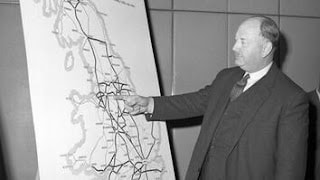
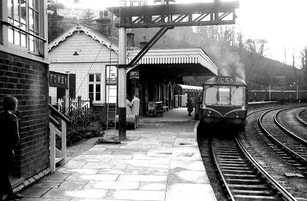
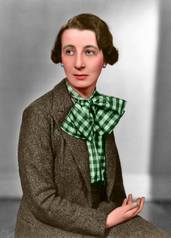
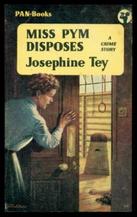
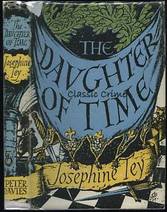

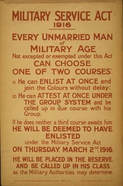


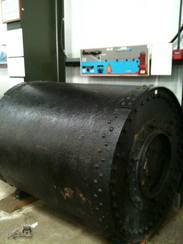




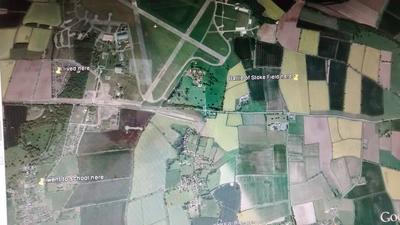
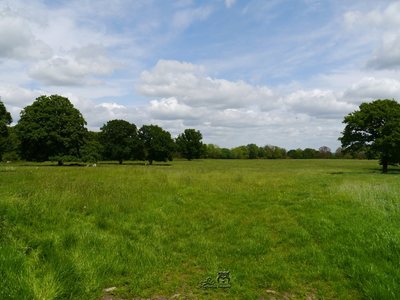


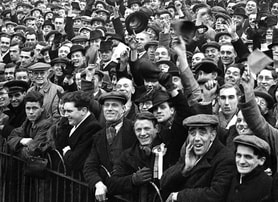
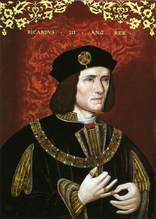
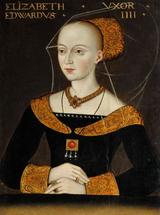
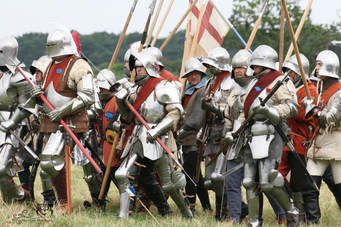
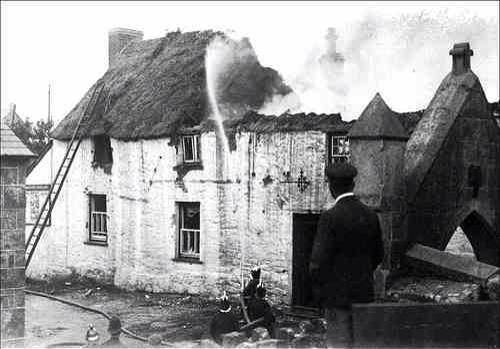
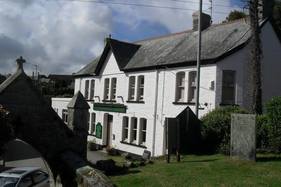
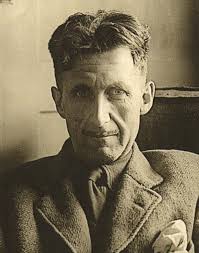

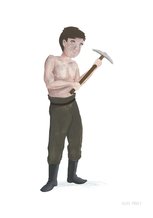
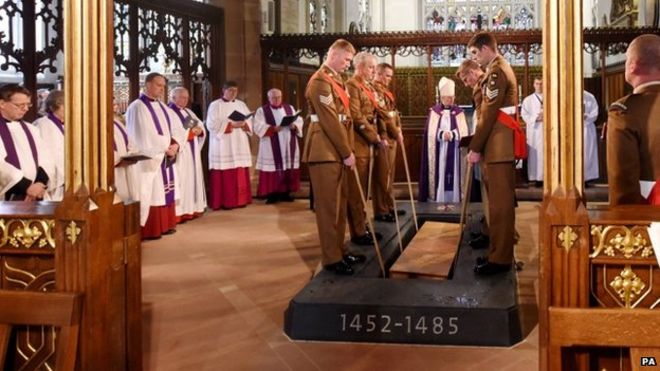
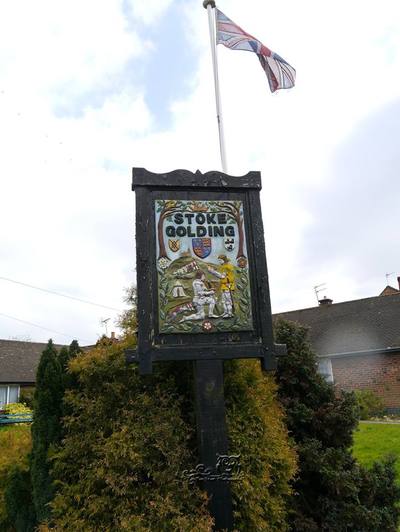
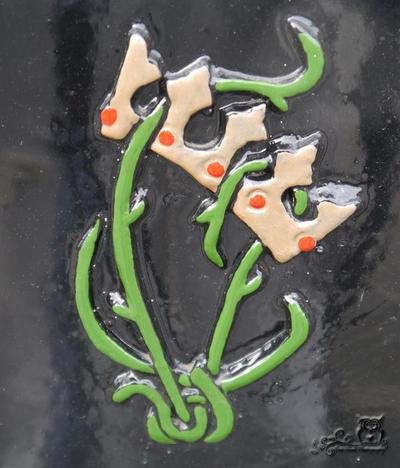
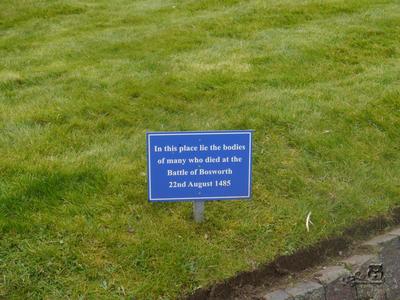
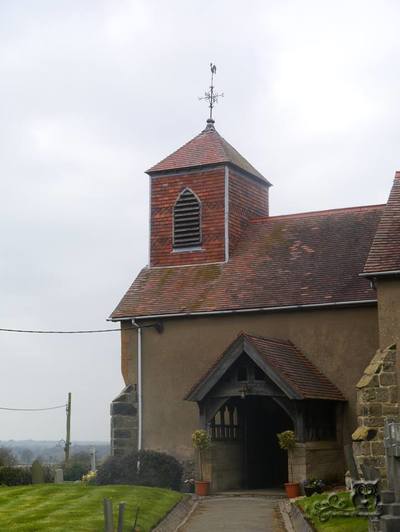
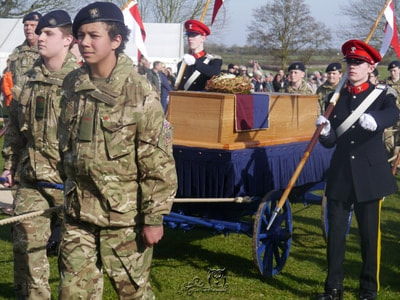
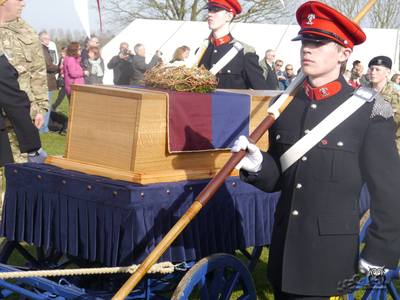
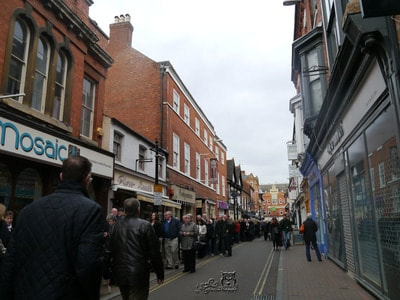
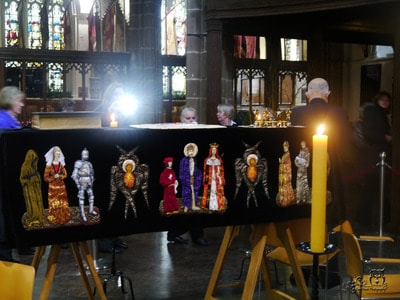
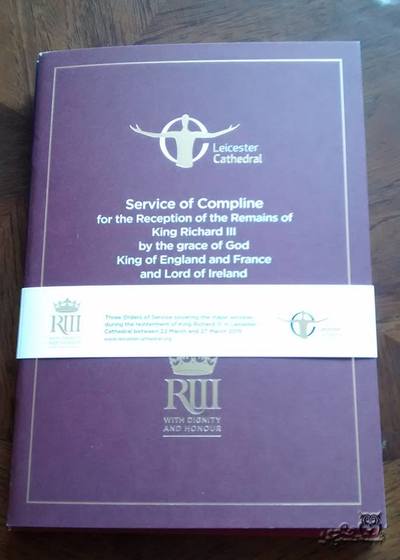

 RSS Feed
RSS Feed
